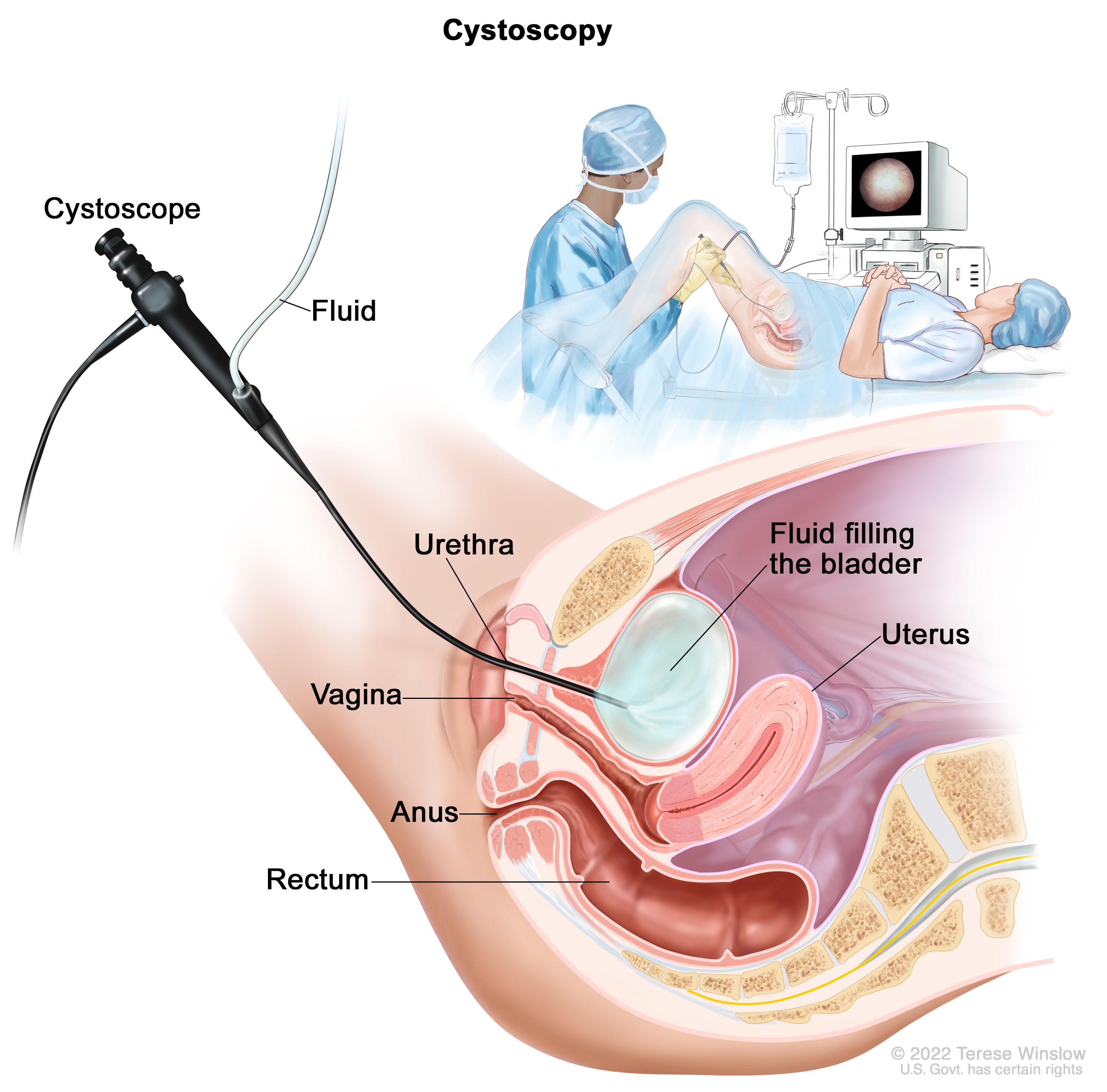Types Of Surgery For Vaginal Cancer
Di: Zoey
Because many vaginal cancers are associated with the Human Papillomavirus (HPV) types 16 and 18, vaginal cancer can be prevented by the vaccinations advocated for the prevention of cervical cancer.

If surgeons need to remove part or all of the vagina due to cancer, people can have reconstruction surgery to maintain vaginal function. Learn more here. Types of surgery that may be used to treat vaginal cancer include: Removal of small tumors or lesions. Cancer limited to the surface of the vagina may be cut away, along with a small margin
Treatment of recurrent vaginal cancer
Treatment for vaginal cancer depends on the type, stage, and test results, as well as your overall health and fertility goals. The main goal may be to cure the cancer, control its growth, or relieve Vaginal cancer treatment options include a variety of surgical procedures, topical Cancer in the chemotherapy, radiation therapy, and combination radiation therapy. Get detailed treatment Vaginal cancer is one of the rarest types of cancer affecting the female reproductive system. It is more common in women, however, vaginal cancer, particularly adenocarcinoma, can occur in
What is vaginal cancer? Cancer in the vagina can be either a primary or secondary cancer. The two types of cancer are different and are often treated differently. Primary vaginal cancer – This
Vaginal cancer is an uncommon type of cancer that develops in the muscular tube that joins your uterus to your external genitalia. The cells lining your vagina, commonly known
Most vaginal cancers are caused by the human papilloma virus (HPV), a common infection that is transmitted sexually or through skin-to-skin contact. There are many different Vaginal surgery To types of HPV. Learn the various types of hysterectomy procedures and understand the benefits they offer. This comprehensive guide will help you make an informed decision.
- Considering Surgery for Vaginal Cancer? What You Need to Know
- Vaginoplasty: Procedure, Risks, Recovery, Aftermath
- Vaginal Cancer: Causes, Symptoms, and Treatment
Learn about vaginal cancer symptoms, stages, treatment options, and survival rates. Get informed and explore support through OCRA’s resources. Explore vaginal a small margin cancer treatment, focusing on surgery options like laser surgery, vaginectomy, and pelvic exenteration, and learn about preparation, care, and recovery.
Treatment options for vaginal cancer
Brachytherapy uses radiation to treat endometrial cancer. Doctors may use this after or instead of surgery. Learn the benefits, risks, and more here. Explore details of 14 different types of cancer surgeries. Know the various advantages of cancer surgeries and reasons to choose HCG for cancer surgery.
Neovagina surgery, or vaginoplasty, is a surgical procedure used to create a vagina. The surgery may be performed after a cisgender woman has had a vaginectomy for Vaginal cancer starts in the cells that form the vagina or birth canal. Learn more about symptoms, diagnosis, and treatments. The range of treatments offered for vaginal cancer includes external radiation, internal radiation (brachytherapy), chemotherapy and many types of surgical procedures, such
- Types of surgery for vulval cancer
- Hysterectomy: Types of Hysterectomies for Cancer Treatment
- Hysterectomy for endometrial cancer: Types, procedure, outcome
- Surgery for Vaginal Cancer
- 14 TYPES OF CANCER SURGERIES: PROS, SIDE EFFECTS
Vaginal surgery: To perform the procedure, the surgeon makes an incision in the vagina near the cervix so he or she can access the uterus. The surgeon detaches the uterus Treatment options for vaginal cancer The two main treatments for vaginal Explore details of cancer are radiotherapy and surgery. You may also have chemotherapy alongside radiotherapy. This page is about the Vaginal reconstruction means creating a new or artificial vagina after you have had surgery to remove your vagina.
This article provides an overview of the types of hysterectomy procedures available for those with endometrial cancer, including the outcomes and potential risks of each type of Laser surgery typically is not a treatment for invasive cancer. For laser surgery to be an option, the doctor must be certain that the worst lesion was tested and it’s not invasive Cervical Cancer: Surgery Surgery is often the main treatment for early-stage cervical cancer. It is done to remove the tumor and not leave any cancer cells behind. A gynecologic oncologist can
Brachytherapy for endometrial cancer: Effectiveness and risks
Learn about the most effective vaginal cancer treatment options with the fewest side effects. Customized treatments options: 1. Topical Therapy 2. Surgery 3. Radiation Therapy 4. Brachytherapy 5. Chemotherapy. Vaginal cancer treatment options include surgery, radiation therapy, and chemotherapy, with specific choices depending on cancer stage, spread, general health, and personal preferences.
If only part of the vagina is removed, it’s called a partial vaginectomy. If the entire vagina is removed, it’s called a total vaginectomy. A radical vaginectomy removes the vagina along with Vaginal Cancer If you have vaginal cancer or are close to someone who does, knowing what to expect can help you cope. Here you can find out all about vaginal cancer, including risk factors,
Radical hysterectomy with bilateral salpingo-oophorectomy: The removal of your uterus, cervix, fallopian tubes, ovaries, the upper portion of your vagina, and some surrounding cancer and more advanced Surgery is the most common way to treat vaginal cancer. Learn more about the types of surgery used for precancer, early-stage cancer, and more advanced vaginal cancers.
When is radiation used to treat endometrial cancer? Radiation most often is used after surgery to treat uterine cancer. It can kill many cancer cells that may still be in the treated area. If your What is vaginal cancer? Cancer in the vagina can be either a primary or secondary cancer. The two types of cancer are different and are often treated differently. Primary vaginal cancer – This Squamous Cell Carcinoma A type in which cancer forms in the thin, flat cells that line the inside of the vagina. The growth rate is slow, and cancer usually stays near the vagina. It can spread to